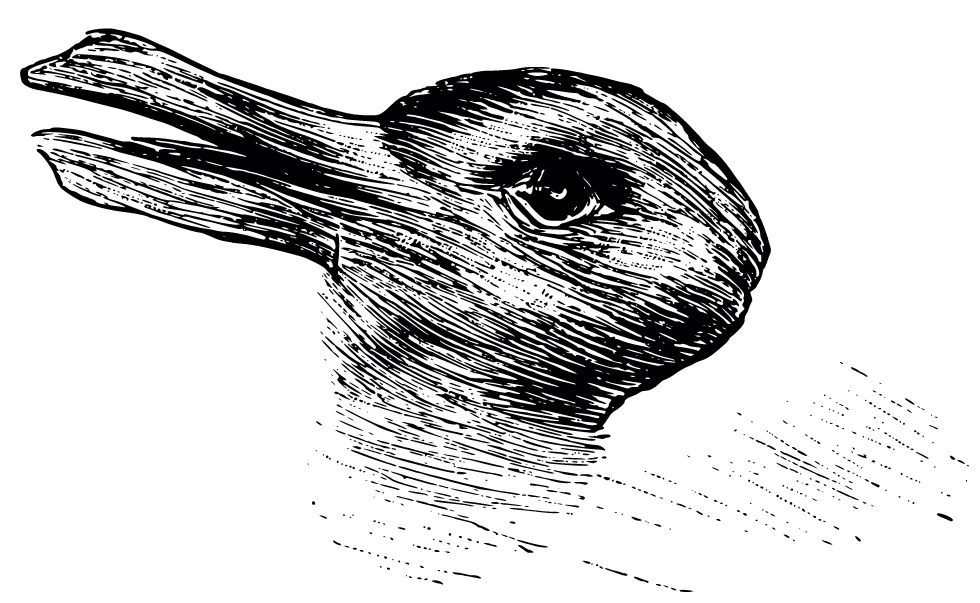Hexagram 36: Hidden Pheasant?
Hexagram 36, Brightness Hiding, might be one of the easiest to connect with. Isn’t there a story in the Sorrells’ I Ching Made Easy of someone in an abusive relationship who received Hexagram 36 and broke down in tears of recognition and relief when she heard the story of Ji… Read more »Hexagram 36: Hidden Pheasant?










